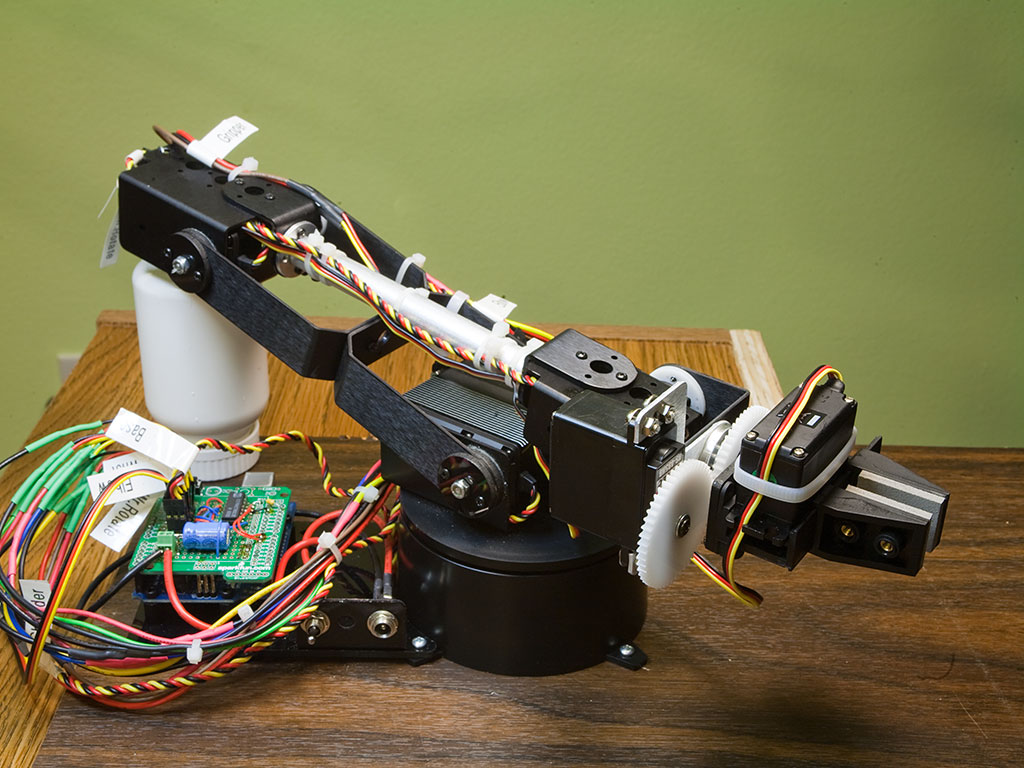 Ever wanted to control a robotic arm with precision — without relying on a bulky PC? In this project, I’m building a fully Arduino-powered controller for my Lynxmotion AL5D arm, starting with one of the most important challenges: inverse kinematics. In this post, I’ll walk you through the first working version of the code, the resources that helped me, and a few tips if you’re thinking of tackling IK yourself!
Ever wanted to control a robotic arm with precision — without relying on a bulky PC? In this project, I’m building a fully Arduino-powered controller for my Lynxmotion AL5D arm, starting with one of the most important challenges: inverse kinematics. In this post, I’ll walk you through the first working version of the code, the resources that helped me, and a few tips if you’re thinking of tackling IK yourself!
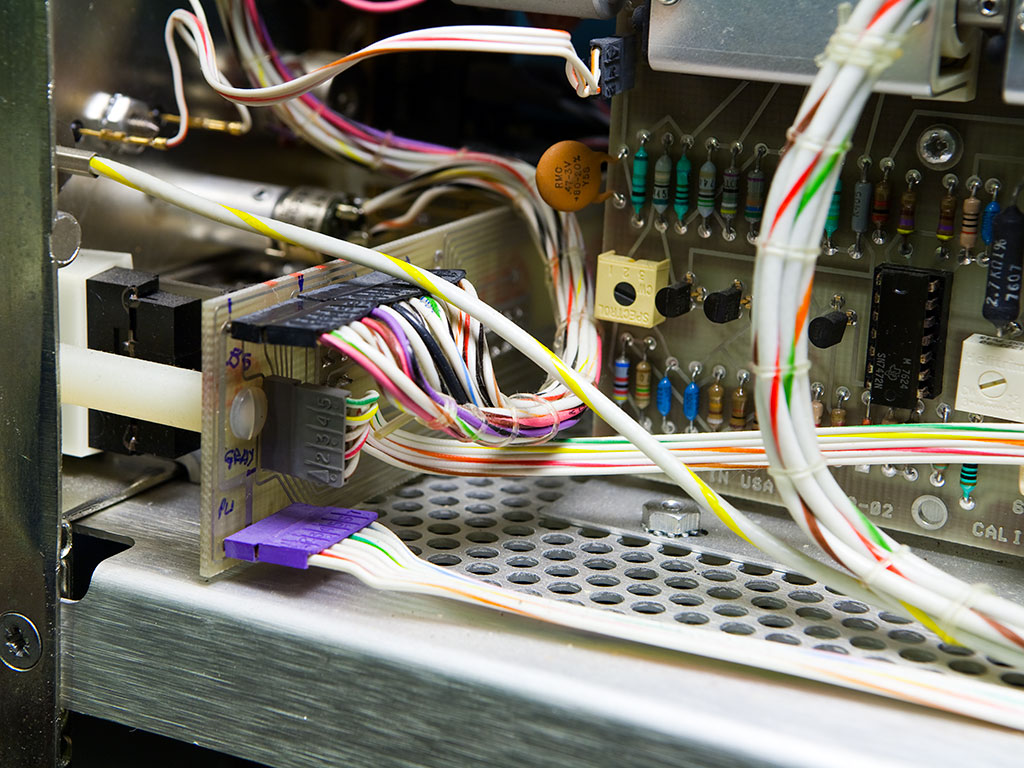 I’m a proud owner of several Tektronix 7000-series mainframes. Among them, the 7904— a 500 MHz, 4-compartment oscilloscope—for many years served as my bench workhorse. The screen is large enough, the bandwidth is adequate for the majority of tasks I perform, and the absence of a cooling fan makes it pleasantly quiet. Additionally, the instrument is relatively lightweight compared to other 7000 mainframes and has legs mounted on the rear panel, allowing it to stand vertically on the floor.
I’m a proud owner of several Tektronix 7000-series mainframes. Among them, the 7904— a 500 MHz, 4-compartment oscilloscope—for many years served as my bench workhorse. The screen is large enough, the bandwidth is adequate for the majority of tasks I perform, and the absence of a cooling fan makes it pleasantly quiet. Additionally, the instrument is relatively lightweight compared to other 7000 mainframes and has legs mounted on the rear panel, allowing it to stand vertically on the floor.
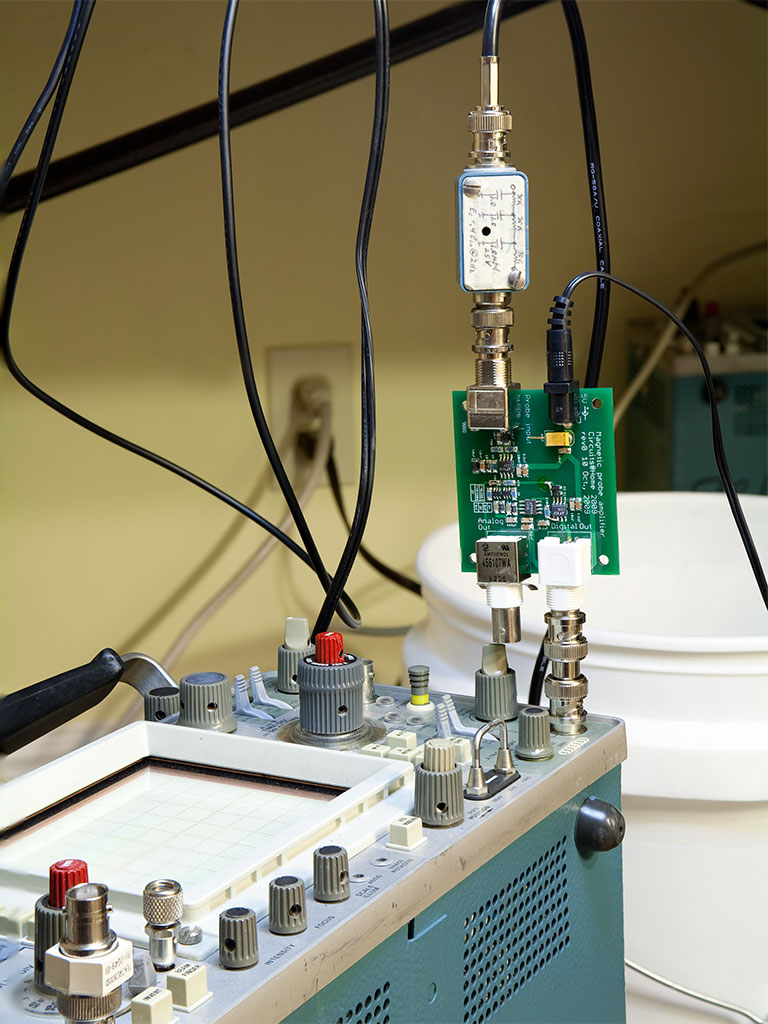 When working with switching power supplies or high-frequency circuits, getting a clean, reliable oscilloscope trigger can be surprisingly tricky. Standard probes often struggle with noise and interference, especially when trying to capture small ripple or switching artifacts. Fortunately, there are clever solutions hidden in the deep archives of application notes. In this post, I’ll share a particularly elegant trigger probe circuit originally developed by Jim Williams, along with some practical tips for building and adapting it with modern, easily available components.
When working with switching power supplies or high-frequency circuits, getting a clean, reliable oscilloscope trigger can be surprisingly tricky. Standard probes often struggle with noise and interference, especially when trying to capture small ripple or switching artifacts. Fortunately, there are clever solutions hidden in the deep archives of application notes. In this post, I’ll share a particularly elegant trigger probe circuit originally developed by Jim Williams, along with some practical tips for building and adapting it with modern, easily available components.
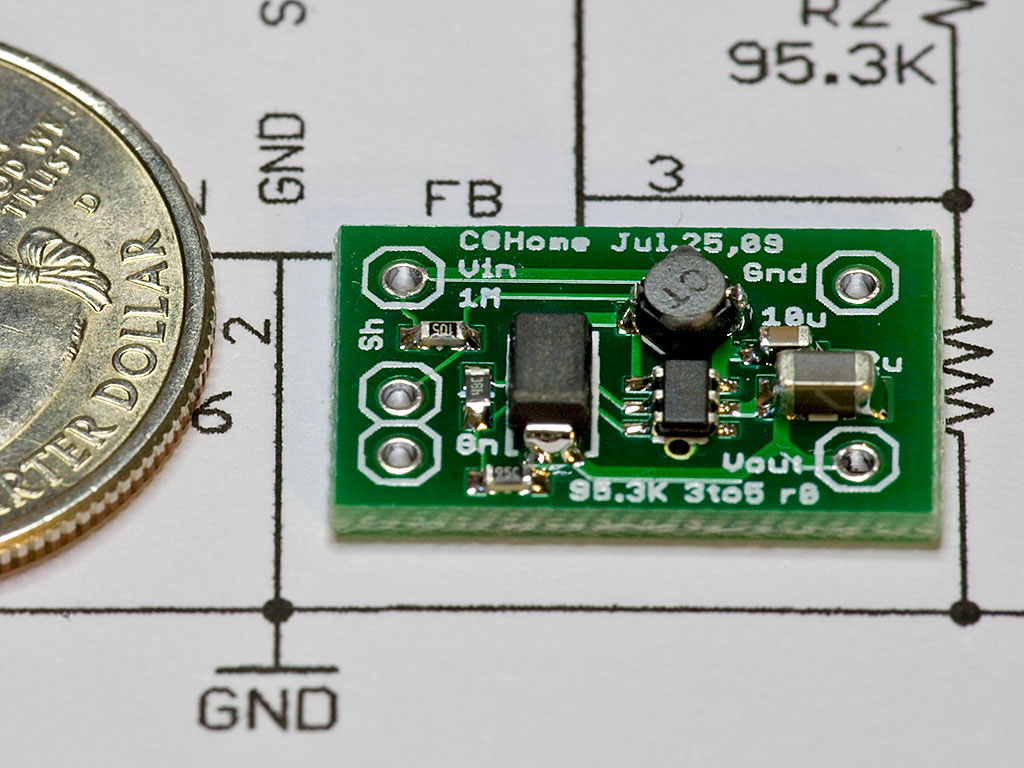 During the development of the Arduino USB Host Shield, I designed a small and simple boost converter to provide 5V to the VBUS line from a 3.3V input. The circuit, built around Linear Technology’s LTC3426, performed so well that I decided to release a standalone version. There are many uses for such a converter—providing LCD contrast bias is one of the most common. Another scenario where a 3.3V-to-5V converter can be useful is with older Arduino shields. This photo shows my converter occupying an unused area on a 3.3V-only Arduino Pro board.
During the development of the Arduino USB Host Shield, I designed a small and simple boost converter to provide 5V to the VBUS line from a 3.3V input. The circuit, built around Linear Technology’s LTC3426, performed so well that I decided to release a standalone version. There are many uses for such a converter—providing LCD contrast bias is one of the most common. Another scenario where a 3.3V-to-5V converter can be useful is with older Arduino shields. This photo shows my converter occupying an unused area on a 3.3V-only Arduino Pro board.
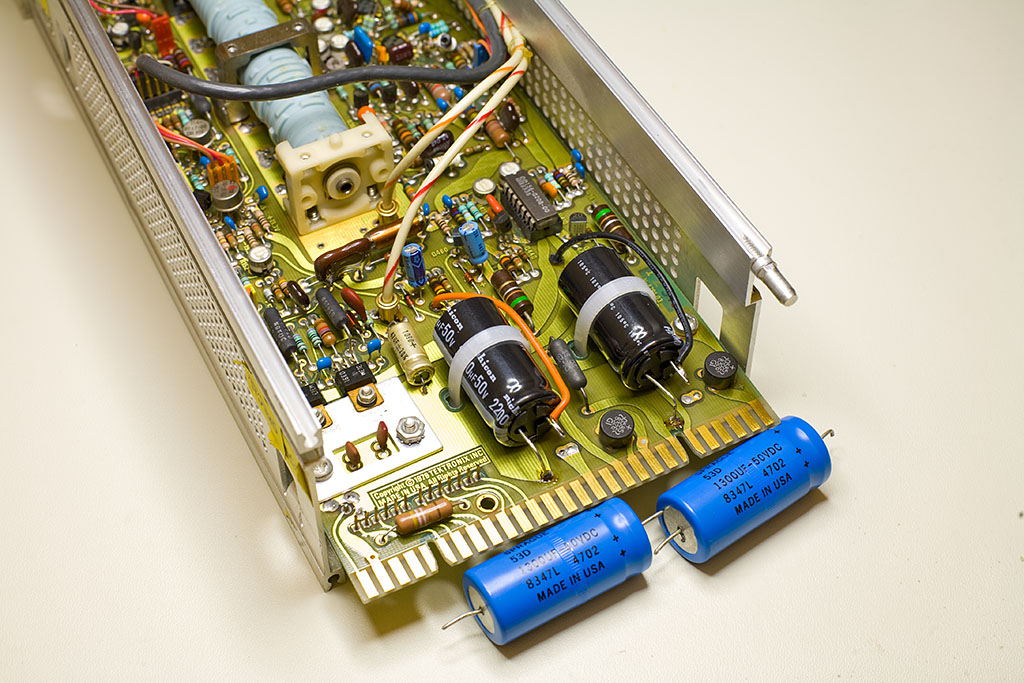 One of the most valuable instruments in my collection is the Tektronix current measurement system, which consists of an AM503 probe amplifier and the accompanying A6302 AC/DC probe. While the probe itself doesn’t need much attention beyond the occasional wipe to remove dirt from the jaws, the amplifier recently became quite noisy in several attenuator positions. So, I decided it was time for a thorough spring cleaning.
One of the most valuable instruments in my collection is the Tektronix current measurement system, which consists of an AM503 probe amplifier and the accompanying A6302 AC/DC probe. While the probe itself doesn’t need much attention beyond the occasional wipe to remove dirt from the jaws, the amplifier recently became quite noisy in several attenuator positions. So, I decided it was time for a thorough spring cleaning.
 Ever wanted to control a robotic arm with precision — without relying on a bulky PC? In this project, I’m building a fully Arduino-powered controller for my Lynxmotion AL5D arm, starting with one of the most important challenges: inverse kinematics. In this post, I’ll walk you through the first working version of the code, the resources that helped me, and a few tips if you’re thinking of tackling IK yourself!
Ever wanted to control a robotic arm with precision — without relying on a bulky PC? In this project, I’m building a fully Arduino-powered controller for my Lynxmotion AL5D arm, starting with one of the most important challenges: inverse kinematics. In this post, I’ll walk you through the first working version of the code, the resources that helped me, and a few tips if you’re thinking of tackling IK yourself!



